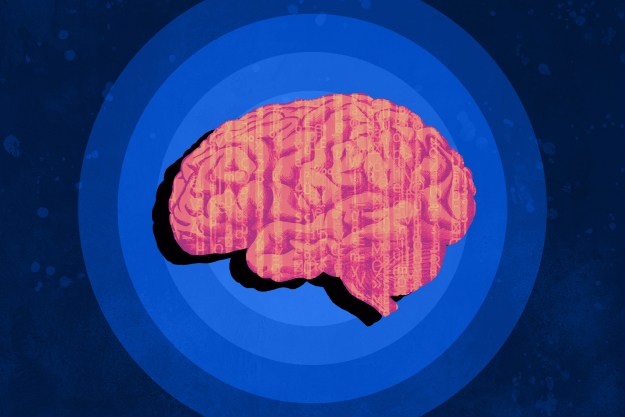Technologies like Elon Musk’s proposed Neuralink promise augmentation of the human memory, courtesy of a special brain chip. If you’re not quite ready to dive into the world of brain implants to improve your memory function, however, you might appreciate a piece of research carried out recently by scientists at the Society for Neuroscience.
They have demonstrated a noninvasive overnight brain stimulation technique that promises to improve people’s ability to remember things. And you won’t have to worry about an overzealous engineer taking a miniature hacksaw to your skull – this technique won’t even disturb your sleep!
“We have shown that we can improve the integration of recent experiences into a more general form of memory through the process of sleep-dependent consolidation,” Dr. Nicholas Ketz, one of the researchers on the project, told Digital Trends. “We do this by selectively enhancing the natural slow-wave oscillations that occur during sleep, which are essential in this consolidation processes. Further, we’ve shown that we can use a fully closed-loop system that automatically detects these oscillations and stimulates at the matching frequency and phase of the ongoing slow waves, greatly improving our ability to influence the underlying brain state and thus the consolidation process.”
Participants in the researchers’ study were trained and then tested on a visual discrimination task in which they had to identify objects and people in a scene. Those who had been given the brain stimulation while sleeping were noticeably better at detecting those same targets in similar, but novel, situations.
Ketz said that there is still further work to be done, though.
“While the average response across the group of participants shows increased performance and enhanced slow-wave oscillations, many participants showed varying degrees of responsiveness to the intervention,” he said. “Future work related to this approach would try to understand, within each individual, how to minimize the duration of the intervention, and maximize the response to stimulation.”
This isn’t the first time the power of brain stimulation has been shown off in experiments. Previous research has suggested that a quick brain jolt could help with everything from improving creativity to curbing Tourette syndrome tics or weaning people off heroin.
A paper describing this latest memory-improving work was recently published in The Journal of Neuroscience.
Editors' Recommendations
- Here’s how you could protect your RTX 4090 from melting
- Sleep Number’s New 360 Smart Bed monitors and improves sleep health as you age
- Google Nest Hub still lacks a camera, but it can watch over you while you sleep
- Meet the man on a controversial mission to preserve and digitize your brain
- Clever new A.I. system promises to train your dog while you’re away from home


